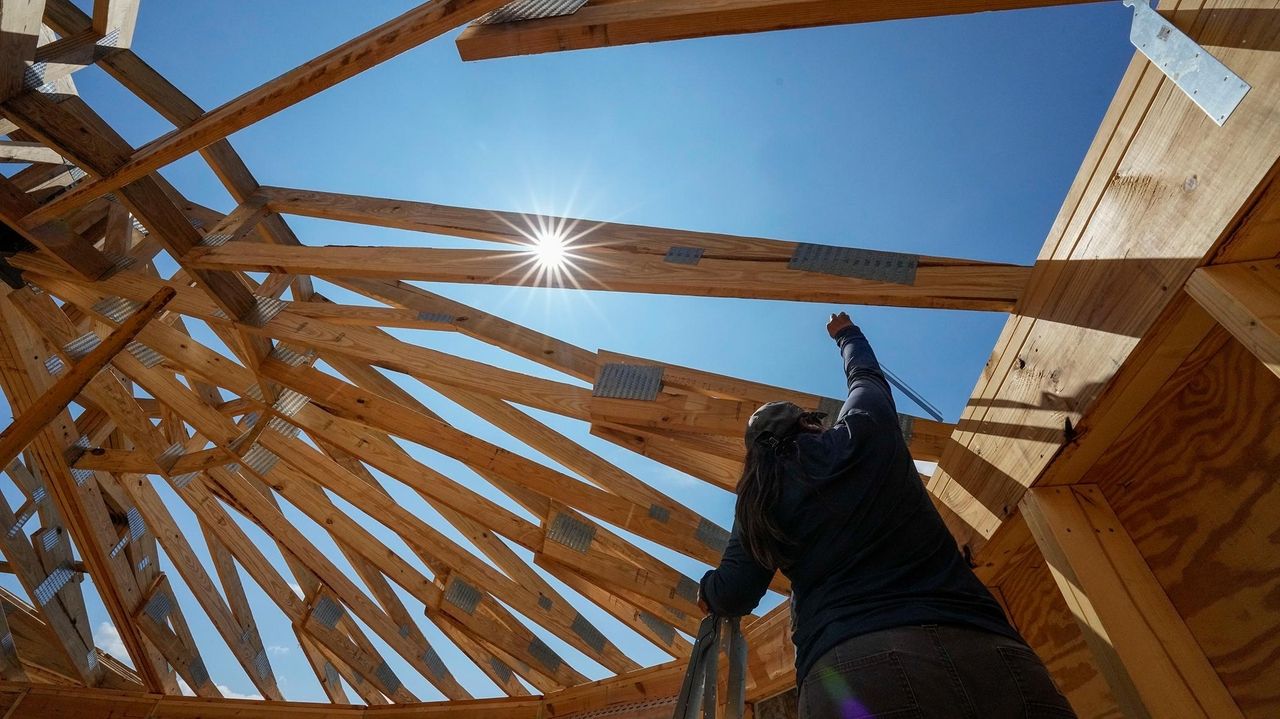WASHINGTON — Pay and benefits for America’s workers grew at the slowest pace in two and a half years, a trend that could affect the Federal Reserve’s decision about when to begin cutting interest rates.
Compensation as measured by the government’s Employment Cost Index rose 0.9% in the October-December quarter, down from a 1.1% increase in the previous quarter, the Labor Department said Wednesday. Compared with the same quarter a year earlier, compensation growth slowed to 4.2% from 4.3%.
The increase in wages and benefits was still mostly healthy, but the slowdown could contribute to the cooling of inflation and will likely be welcomed by Federal Reserve policymakers. The Fed is expected to keep its key short-term rate unchanged after its latest policy meeting concludes Wednesday. It may signal, however, that it’s getting closer to cutting its rate later this year.
The pace of worker compensation plays a big role in businesses’ labor costs. When pay accelerates especially fast, it increases the labor costs of companies, which often respond by raising their prices. This cycle can perpetuate inflation, which the Fed is assessing in deciding when to adjust its influential benchmark rate.
Since the pandemic, wages on average have grown at a historically rapid pace, before adjusting for inflation. Many companies have had to offer much higher pay to attract and keep workers. Yet hiring has moderated in recent months, to levels closer those that prevailed before the pandemic. The more modest job gains have reduced pressure on companies to offer big pay gains.
The Federal Reserve considers the ECI one of the most important gauges of wages and benefits because it measures how pay changes for the same sample of jobs. Other measures, such as average hourly pay, can be artificially boosted as a result of, say, widespread layoffs among lower-paid workers.
Even as wage increases slow, inflation has fallen further, leaving Americans with better pay gains after…
Read the full article here

Leave a Reply